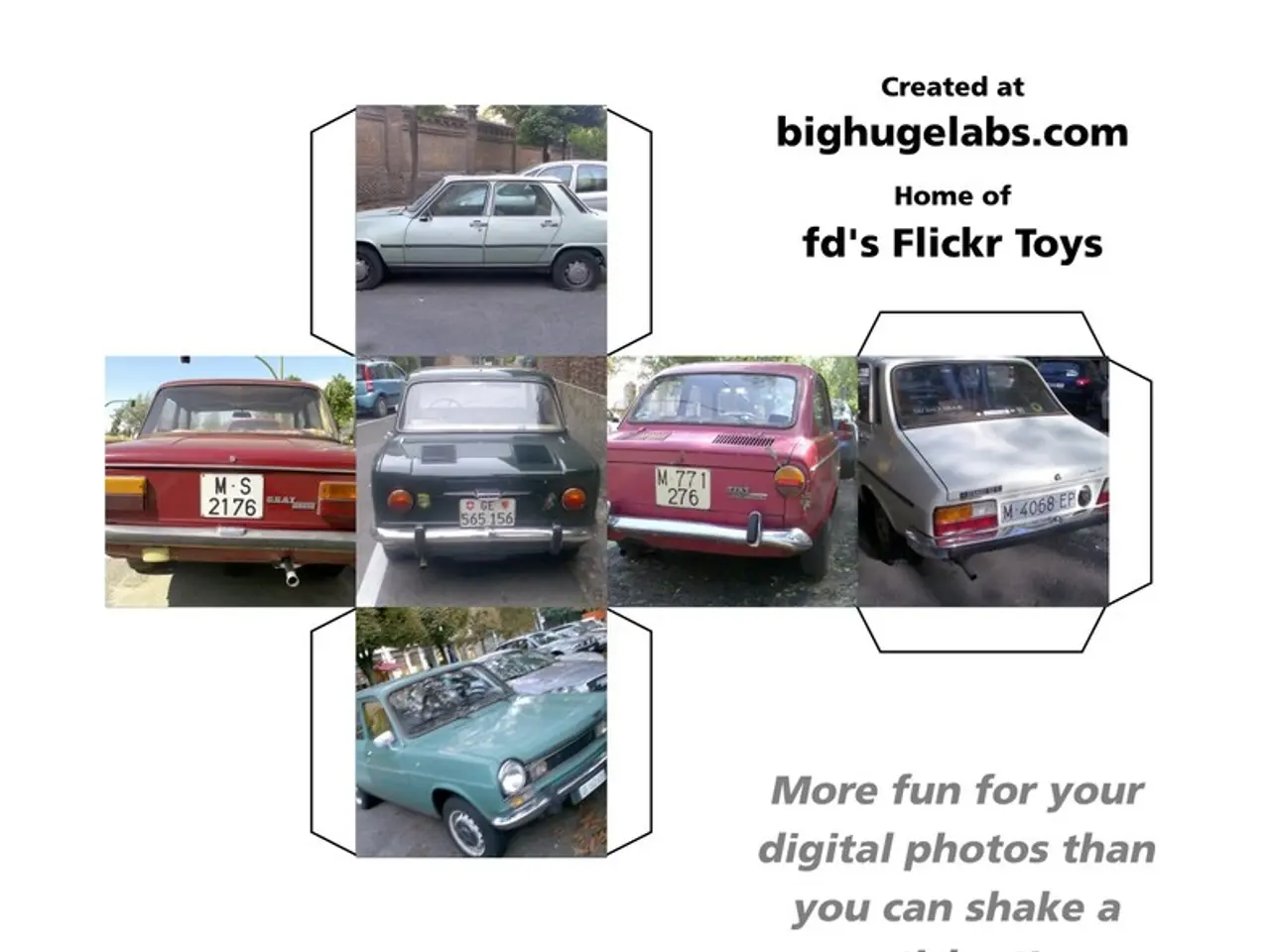Expanded smart driving features from Tesla set for increased implementation in the Chinese market, according to recent reports
Tesla has announced plans to deploy its supervised driver assistance system in China and Europe in 2025, subject to regulatory approval [1][2][3]. This expansion marks a significant step for Tesla in its mission to revolutionise the automotive industry.
Regulatory Hurdles
The regulatory approval process is a crucial aspect of Tesla's plans. In China, Tesla currently offers its Full Self-Driving (FSD) system limited to AI4 hardware vehicles. The company is actively working on enabling FSD for its older HW3 hardware, but each update and deployment require regulatory approval and testing on each vehicle model, making the approval process time-consuming and incremental [1].
In Europe, Tesla is in the process of seeking regulatory clearance for supervised driver assistance, starting with the Netherlands. Following that, Tesla must obtain approvals from the European Union (EU) and the United Nations Economic Commission for Europe (UNECE) because Tesla needs an exemption from UNECE Automated Vehicle (AV) regulations. This multi-stage approval process is currently ongoing, with Tesla optimistic about achieving approval by the end of Q3 or latest by the end of 2025 [1].
System Details
The system Tesla plans to expand is similar to its supervised FSD driver assistance currently available in the U.S., with the potential for gradual rollout including eventual unsupervised operation in select cities [1][3]. In China, Tesla is also adapting hardware configurations such as reintroducing turn signal stalks in the Model 3 to cater to local preferences, indicating ongoing regional hardware and software tailoring [4].
Training the Full Self-Driving System
Tesla's CEO, Elon Musk, discussed the use of publicly available videos to train the Full Self-Driving system in China. Musk commented on the results, stating that Tesla is adding data from its world simulator and test tracks to achieve better performance [5].
The Future of Tesla
Tesla expects to undergo a fundamental transformation from the "pre-autonomous driving era" to the "post-autonomous driving era" in the coming years [6]. The 2025 World AI Conference in Shanghai, where Tesla is showcasing its technologies, is a testament to this transformation [7].
Performance Comparisons
Chinese automotive media outlet Dongchedi conducted a large-scale test comparing the smart driving capabilities of dozens of EV models available in China, with Tesla performing well in several categories [8].
As Tesla continues to navigate the regulatory landscape and refine its autonomous driving technology, it remains at the forefront of the industry's evolution towards a more connected and autonomous future.
[1] https://www.tesla.com/autopilot [2] https://www.tesla.com/support/autopilot-faq [3] https://www.tesla.com/autopilot-beta [4] https://www.tesla.com/support/autopilot-faq#hardware [5] https://www.tesla.com/autopilot-notes [6] https://www.tesla.com/autopilot-vision [7] https://www.tesla.com/news/2022/shanghai-ai-conference [8] https://www.dongchedi.com/articles/128867
- Tesla plans to deploy its supervised driver assistance system in China and Europe in 2025, adhering to regulatory approval, a critical aspect of its expansion in the automotive industry.
- The regulatory process is time-consuming and incremental, as each update and deployment requires approval and testing on each vehicle model.
- In Europe, Tesla is seeking regulatory clearance for supervised driver assistance, starting with the Netherlands and subsequently obtaining approvals from the EU and UNECE.
- The system Tesla aims to expand is similar to its supervised FSD driver assistance currently available in the U.S., with the potential for gradual rollout and even unsupervised operation in select cities.
- Tesla's CEO, Elon Musk, discusses the use of publicly available videos to train the Full Self-Driving system in China, supplemented by data from Tesla's world simulator and test tracks.
- As Tesla undergoes a transformation from the "pre-autonomous driving era" to the "post-autonomous driving era" in the coming years, it remains at the forefront of the industry's evolution towards a more connected and autonomous future.
- Chinese automotive media outlet Dongchedi conducted a test comparing the smart driving capabilities of dozens of electric vehicles (EVs) available in China, with Tesla performing well in several categories.
- Byd and other companies in the automotive technology sector, including Tesla, continue to drive innovation and change in the finance and transportation sectors worldwide.




